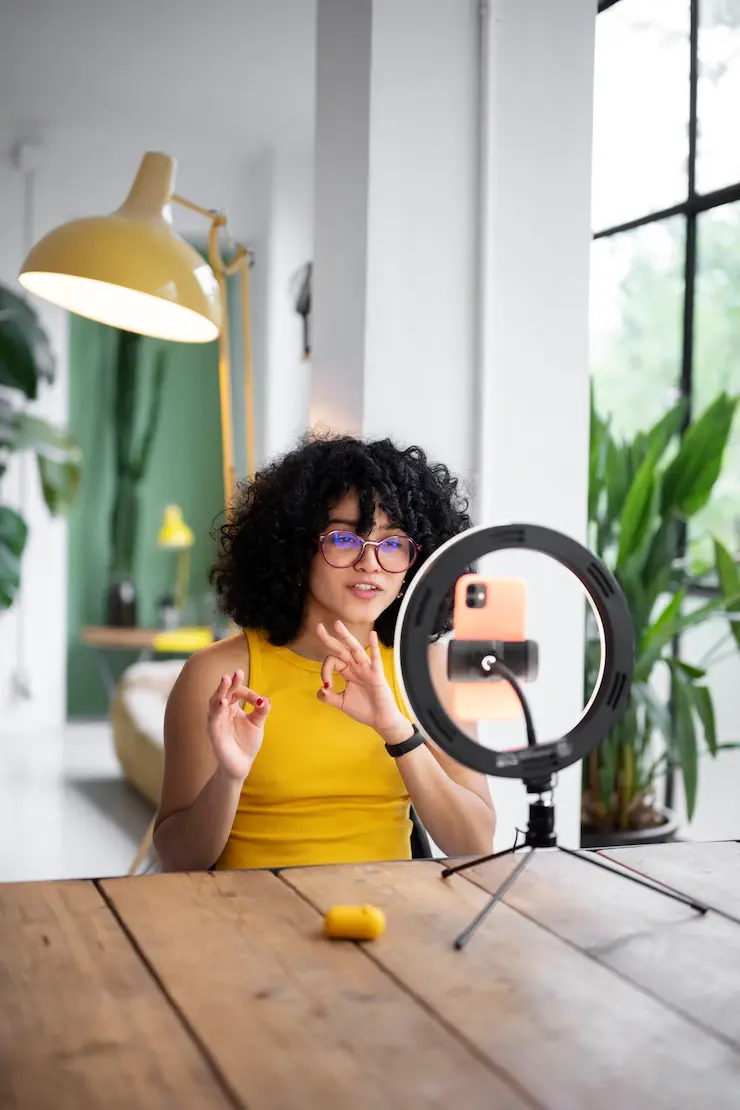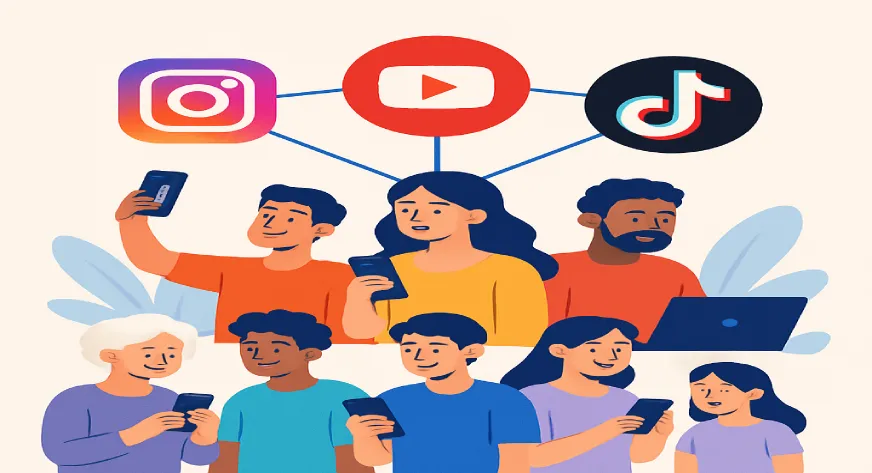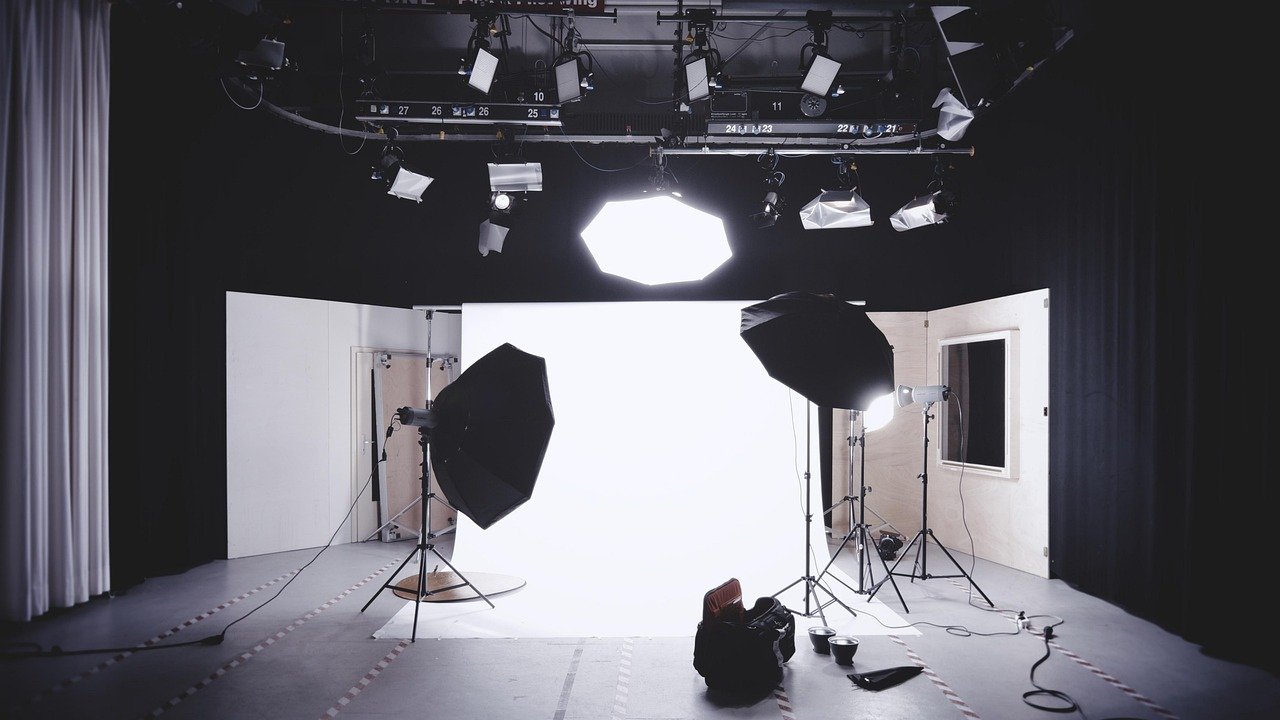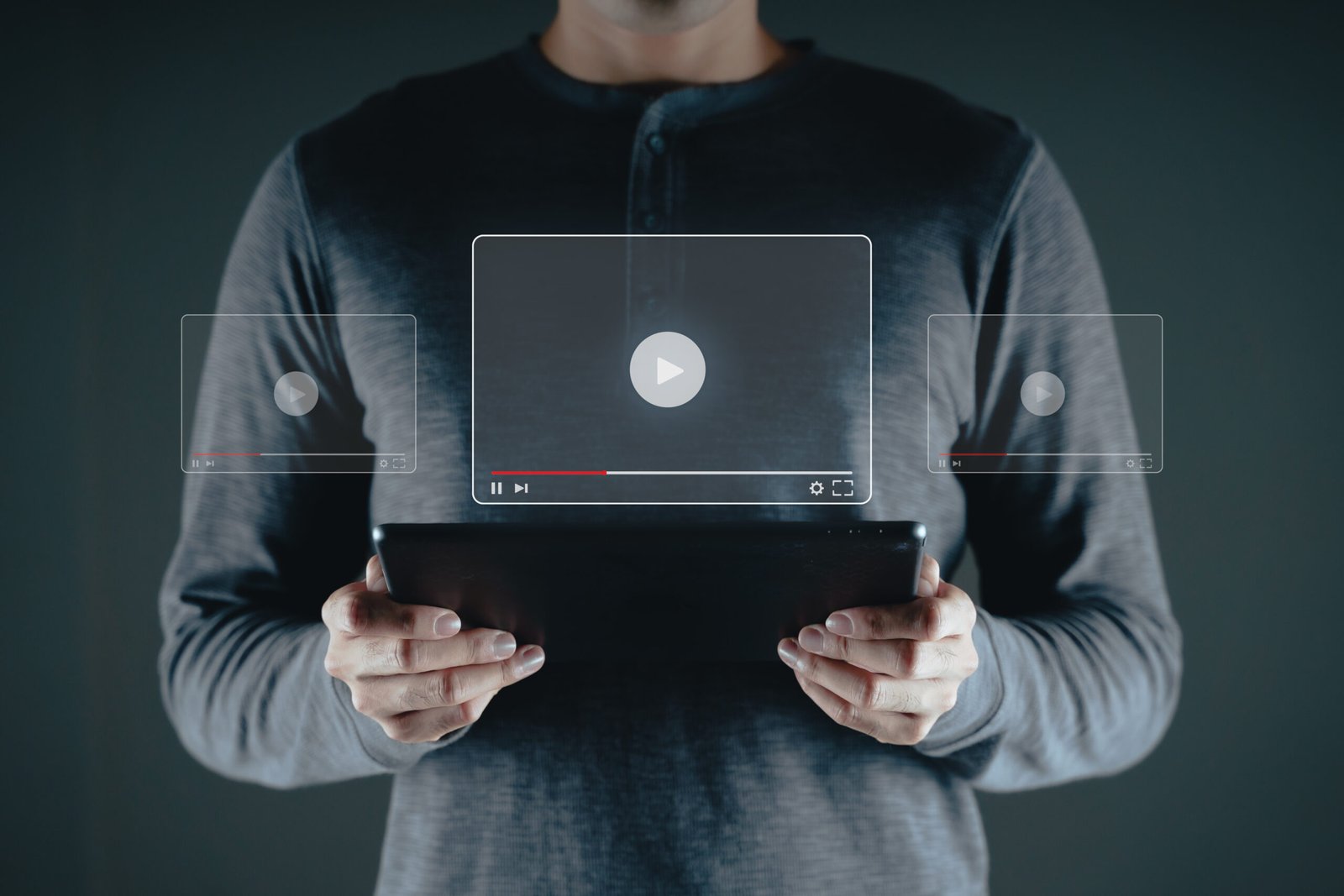Let’s not pretend. You’ve wondered this too.
“Why do brands use influencers?”
Why not just run ads, hire celebs, or sponsor a big TV spot like the good ol’ days?
Here’s why: because the world changed. And the world doesn’t watch ads anymore — it scrolls past them.
Today, people trust people. Especially those they follow, DM, binge-watch, and feel weirdly close to even though they’ve never met.
That’s the real reason brands use influencers.
Not because it’s cool — but because it works.
Let’s Start With the Basics: What‘s the Use of Influencers in Marketing?
Before diving deeper, let’s decode this in real language.
The use of influencers in marketing is simple: brands partner with individuals who already have a loyal, engaged audience — and that individual becomes a bridge between the product and the people.
But don’t mistake this for “just another post.”
Influencers don’t advertise.
They humanize.
Instead of a 30-second TV ad screaming “Buy now!”, you get a 60-second story that says,
“Here’s how this genuinely helped me.”
And it hits different.
So Why Exactly Do Brands Use Influencers?
Let’s break it down. Fresh, fast, and with zero fluff:
1. Trust Is the New Currency
Consumers are tired. Tired of being marketed to.
Influencers bring back trust. When a creator you love says “this product is a game-changer,” it doesn’t feel like a pitch. It feels like a tip from a friend.
That kind of trust? You can’t buy it — but you can collaborate with it.
2. Influencers Speak Human
No jargon. No robotic scripts.
Just real people talking in real tones. Whether it’s a skin-care review or a “what’s in my bag” reel, it hits home because it feels unscripted.
Brands use influencers because they translate brand-speak into people-speak.
3. Niche is the New Mass
Want to target desi plant moms who love chai and live in small towns?
Or vegan fitness junkies in metro cities?
Influencers have that audience.
Hyper-specific. Deeply loyal. Ultra engaged.
Forget mass marketing.
This is micro trust at macro scale.
But Wait — What’s In It for the Influencer?
This isn’t just a one-sided romance.
Influencers work for brands not just for money, but also for alignment.
- They pick products that vibe with their content.
- They care about keeping their followers’ trust.
- They’re building a personal brand, not just pushing someone else’s.
So when the match is right — it’s not work, it’s magic.
How Do Brands Choose the Right Influencer?
Hint: It’s not about the number of followers anymore.
Here’s what brands look for:
- Authenticity > Aesthetics
- Engagement rate > Vanity metrics
- Relatability > Virality
- Niche value > Mass following
Today’s smartest marketers know:
It’s better to work with 5 micro-influencers with cult followings than 1 mega-star with lukewarm fans.
Let’s Talk Numbers — Because This Isn’t Just Vibes
Still wondering why brands use influencers?
Here’s what the data says:
- 90% of marketers say influencer marketing ROI is better than traditional channels.
- Brands make an average of $5.78 for every $1 spent on influencer campaigns.
- Consumers are 6x more likely to buy from a recommendation by a creator they trust than from an ad.
This isn’t hype. It’s hard numbers.
Influencer marketing isn’t a trend. It’s a business strategy.
Real-World Examples: When It Just Clicks
- MyGlamm built their brand on the backs of YouTube creators and Insta beauty bloggers. And it worked. They scaled faster than many legacy brands.
- boAt didn’t launch with TVCs. They dominated by collaborating with fitness and music influencers who made their earphones cool, aspirational, and worth sharing.
- Netflix India? They have meme pages, fashion influencers, stand-up comics, and film nerds all talking about their shows. You know why? Because it feels natural — not forced.
These aren’t one-off hits.
These are proof that influencer work for brands because they drive authentic engagement.
Final Thoughts
If you’re still asking why brands use influencers, here’s the realest answer:
Because creators are real people with real power.
And in an age where attention is the most valuable currency, influence is the bank.
Frequently Asked Questions
1. Why are influencers more effective than traditional advertising?
People trust people. Influencers speak in a relatable tone that feels like advice from a friend, not a sales pitch.
2. How do brands choose which influencer to work with?
Brands prioritize authenticity, engagement, niche relevance, and relatability over follower count.
3. What benefits do influencers get from brand collaborations?
Beyond payment, influencers gain content alignment, brand association, and stronger trust with their audience.
4. Is influencer marketing really worth the investment for brands?
Yes. Studies show it delivers high ROI, with up to $5.78 in return for every $1 spent.
Where Does Neo Trendly Come In?
We get it. If you’re a creator reading this — or a brand figuring this all out — it can feel overwhelming.
That’s why Neo Trendly exists.
We’re the backstage pass to a world where creators earn better, link smarter, and grow faster. From affiliate tools to link-in-bio magic — we’re built for the influencer era.
Let’s rewrite the rules — together.








